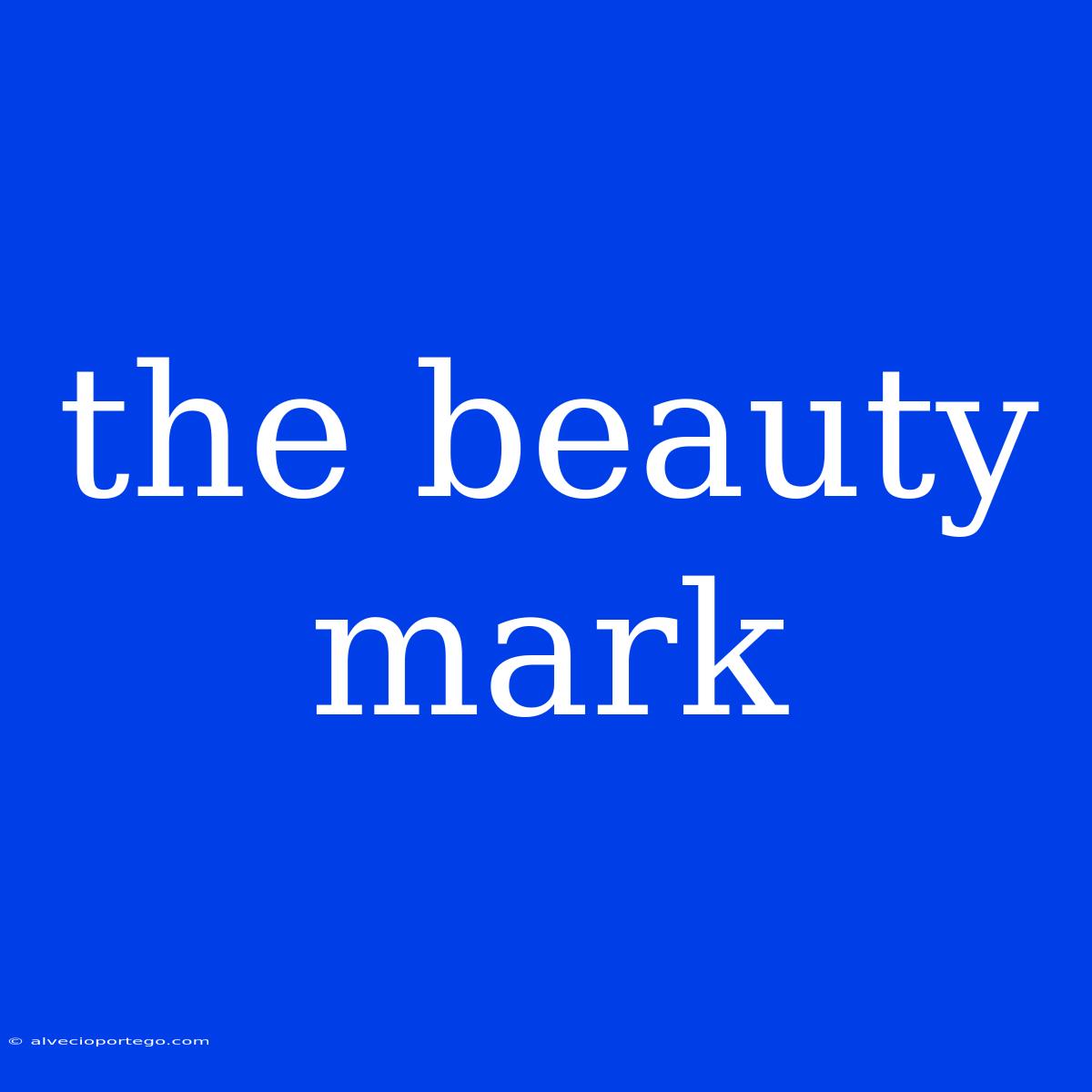The Beauty Mark: A History of Beauty and Desire
The beauty mark, also known as a mole, freckle, or beauty spot, has captivated human attention for centuries. More than just a pigment variation, the beauty mark has become a symbol of allure, mystery, and even power. This article explores the fascinating history and cultural significance of the beauty mark, from its origins in mythology to its role in contemporary beauty standards.
Ancient Origins and Mythological Significance
The allure of the beauty mark can be traced back to ancient civilizations. In ancient Greece, beauty marks were associated with the goddess Aphrodite, symbolizing beauty and love. In Roman mythology, the beauty mark was linked to the goddess Venus, representing passion and desire. These mythological associations established the beauty mark as a sign of beauty and femininity in early Western cultures.
The Rise of the Beauty Mark in Art and Literature
During the Renaissance, the beauty mark became a popular motif in art and literature. Artists like Leonardo da Vinci and Michelangelo incorporated beauty marks into their depictions of idealized female figures, emphasizing the allure of imperfection. The beauty mark became a symbol of sophistication and grace, often associated with famous women of the era, like Queen Elizabeth I.
The Renaissance also saw the rise of the artificial beauty mark, with women using black patches to simulate a beauty spot. This practice, popularized in the 17th and 18th centuries, served to enhance the natural allure of the face and highlight the wearer's refined taste.
The Beauty Mark in the 20th Century
The beauty mark continued to evolve throughout the 20th century. In the early decades, it remained a popular adornment, particularly among Hollywood stars. Actresses like Marilyn Monroe and Ava Gardner embraced their natural beauty marks, making them integral to their iconic beauty.
By the mid-20th century, the beauty mark began to lose its association with sophistication and became more widely associated with youthful charm and natural beauty. This shift coincided with a growing emphasis on natural beauty in mainstream culture.
The Beauty Mark Today
Today, the beauty mark remains a fascinating element of human appearance. While its association with beauty and allure has endured, the way it is perceived has evolved. In contemporary culture, the beauty mark is celebrated as a unique and individual feature, adding to the beauty and character of the face.
Many people still opt for artificial beauty marks, but the motivations are different. While past generations used them to enhance their appearance, today's individuals use them to express personal style or make a fashion statement.
Conclusion
From its mythological origins to its role in contemporary beauty standards, the beauty mark has always been more than just a pigment variation. It's a symbol of beauty, desire, and individual expression, reflecting the changing perceptions of beauty and femininity throughout history. As we move forward, the beauty mark will undoubtedly continue to inspire and captivate, reminding us that true beauty lies in embracing our unique and individual characteristics.

